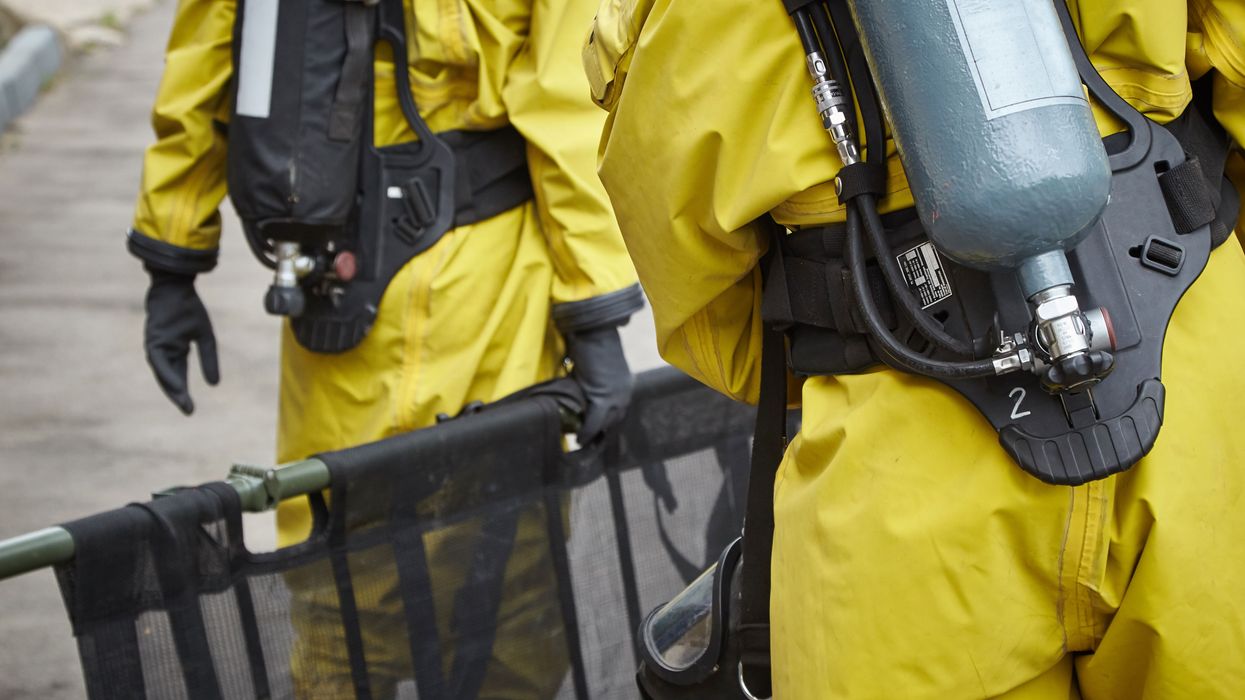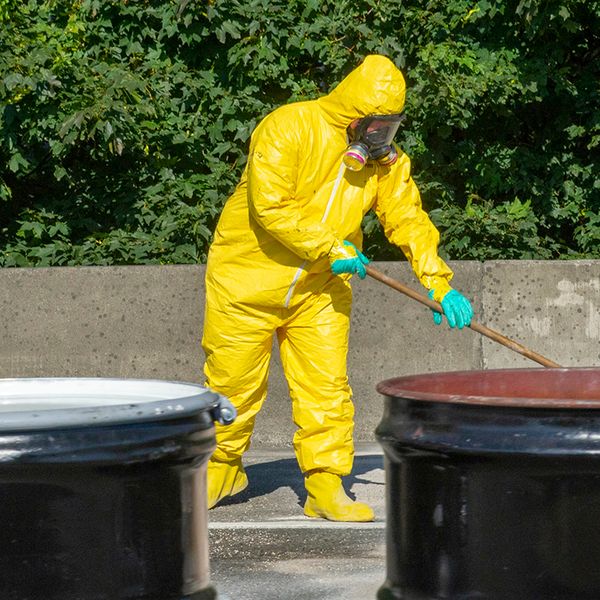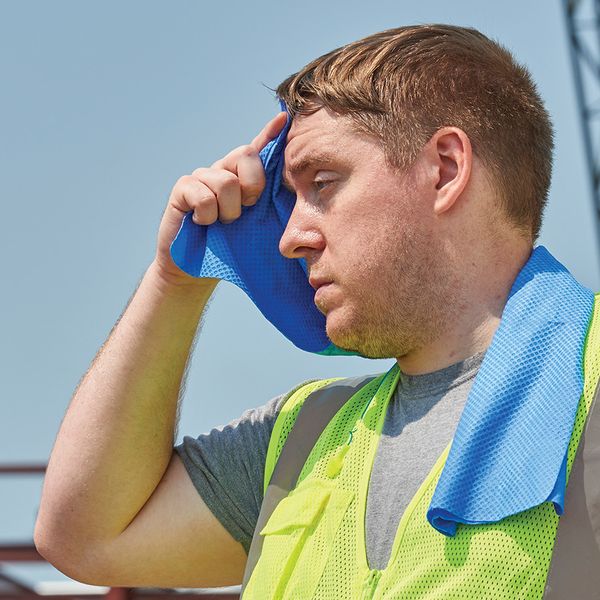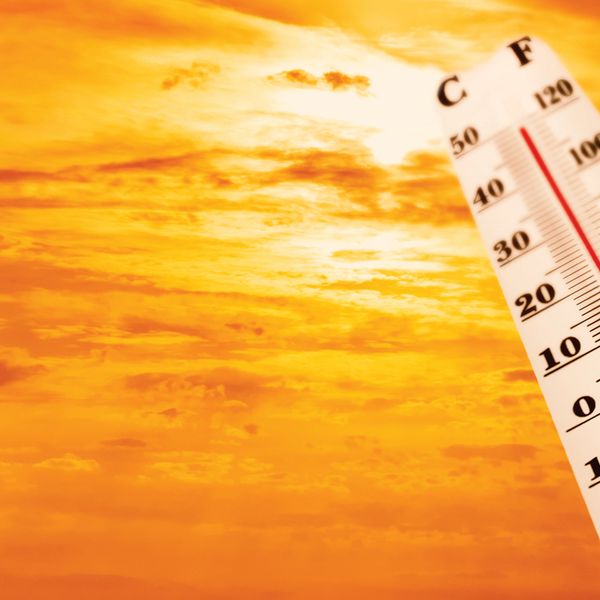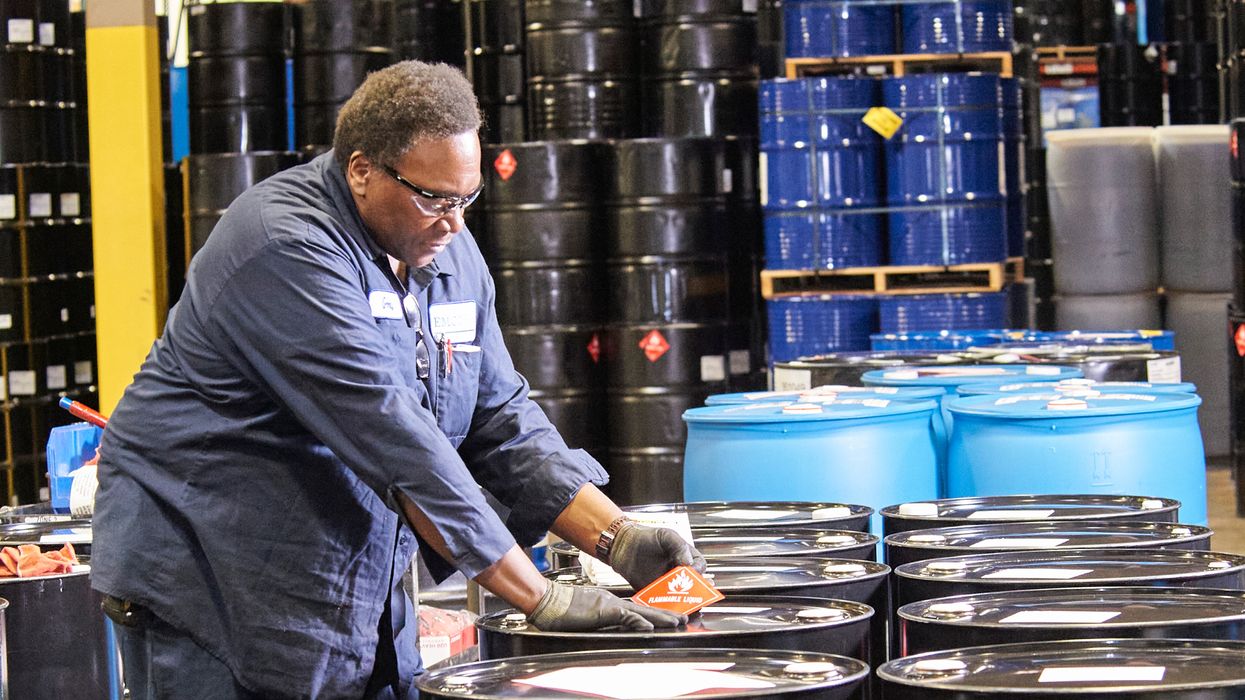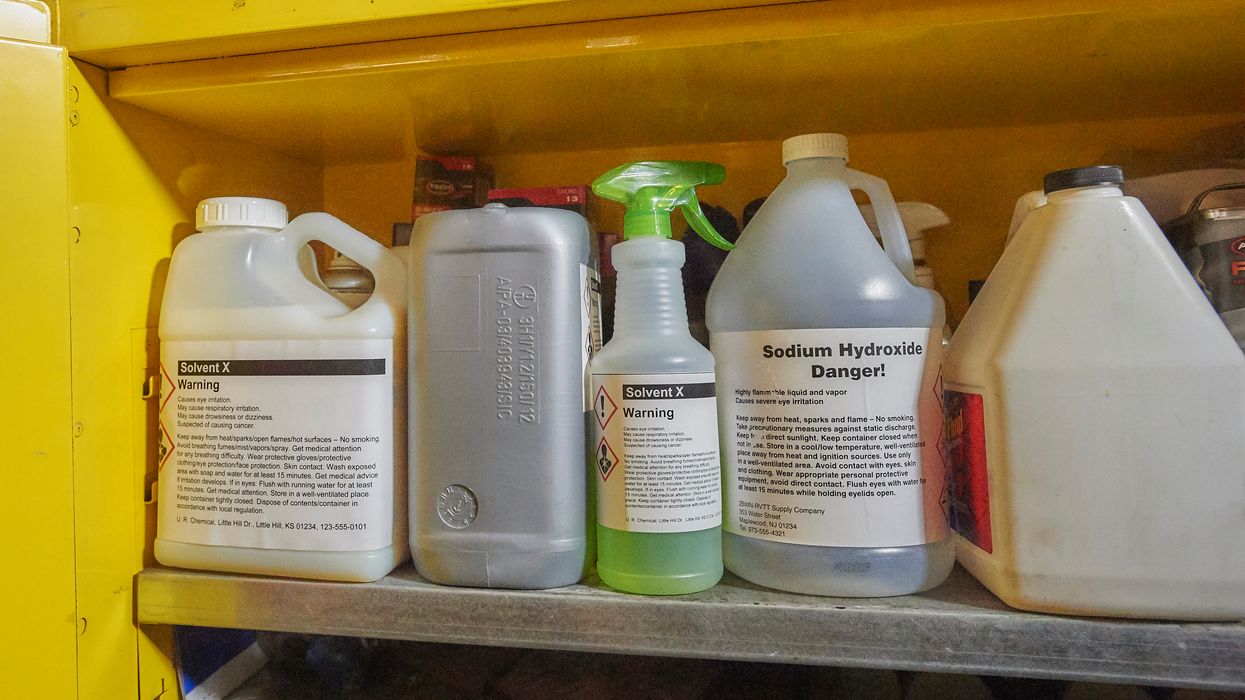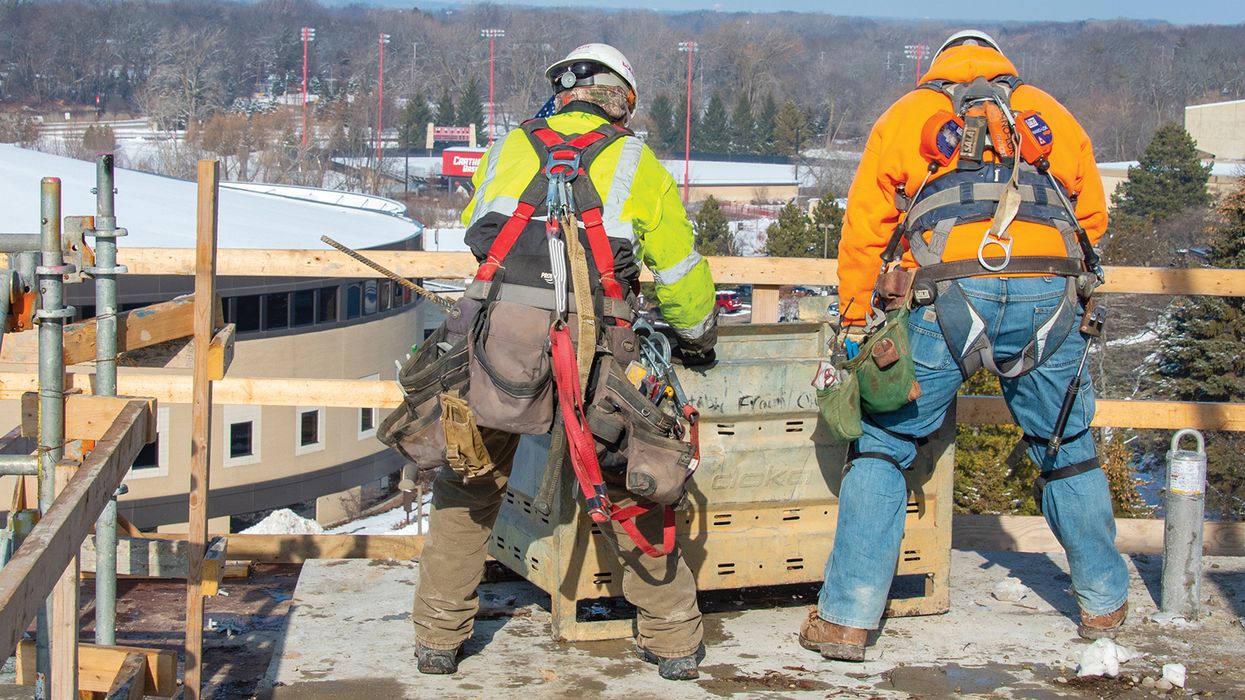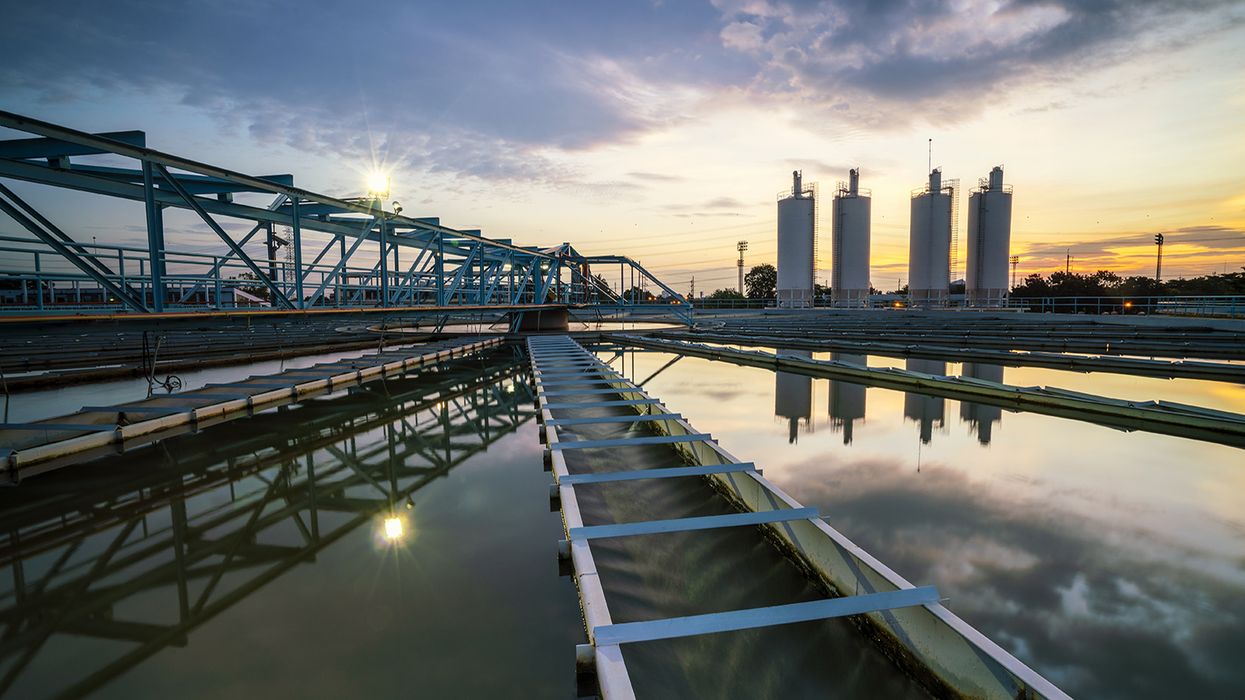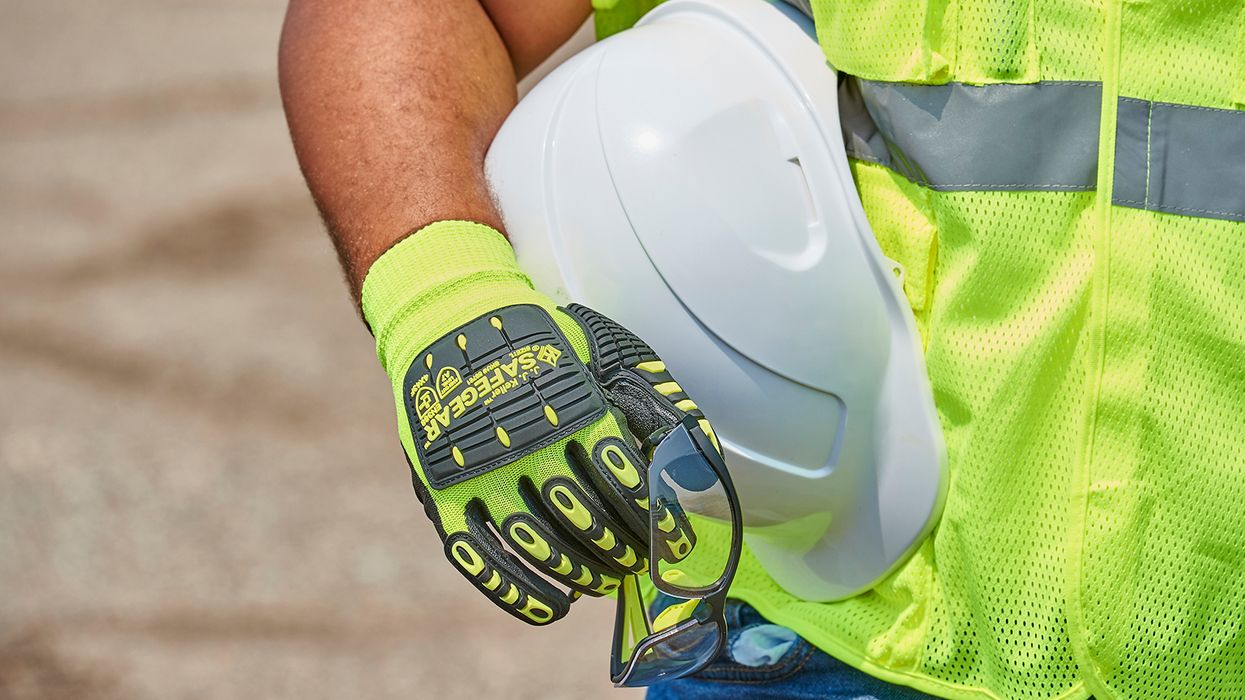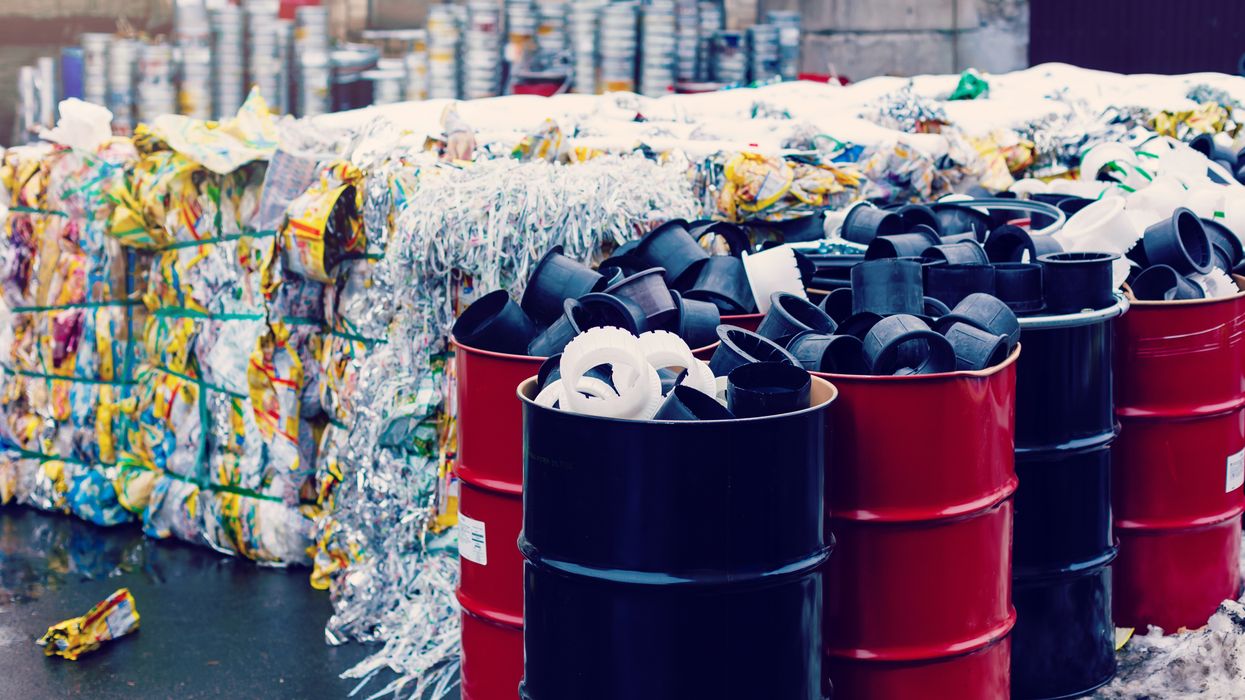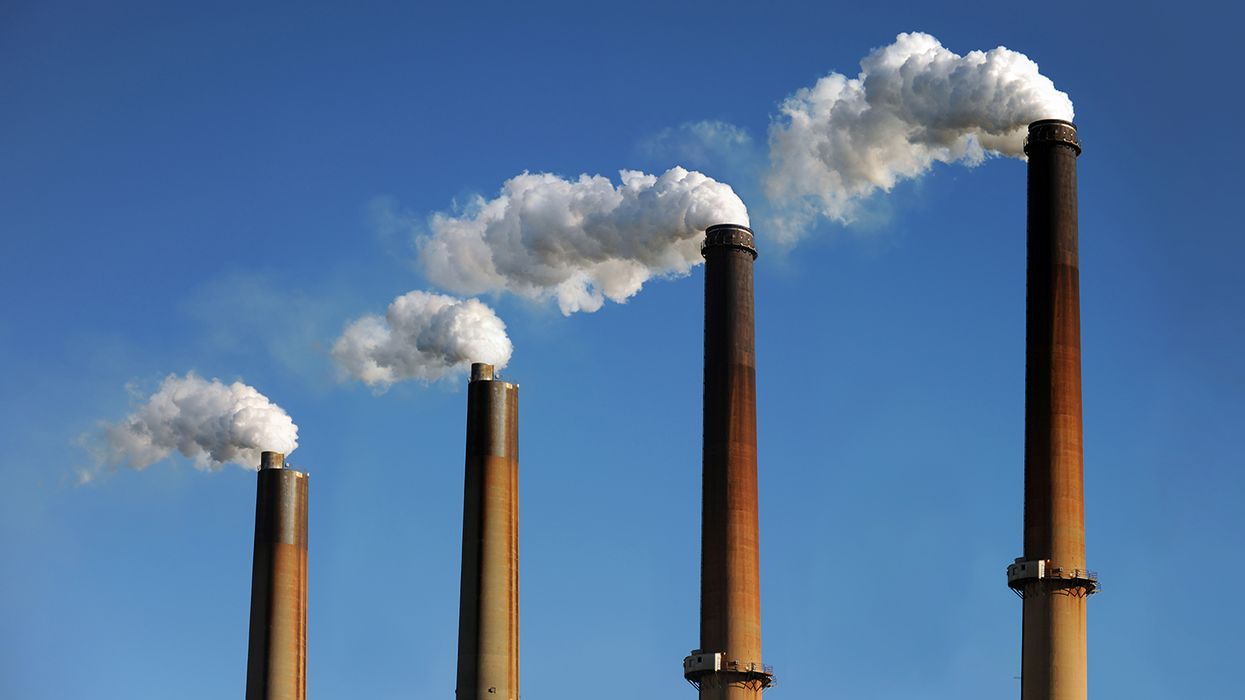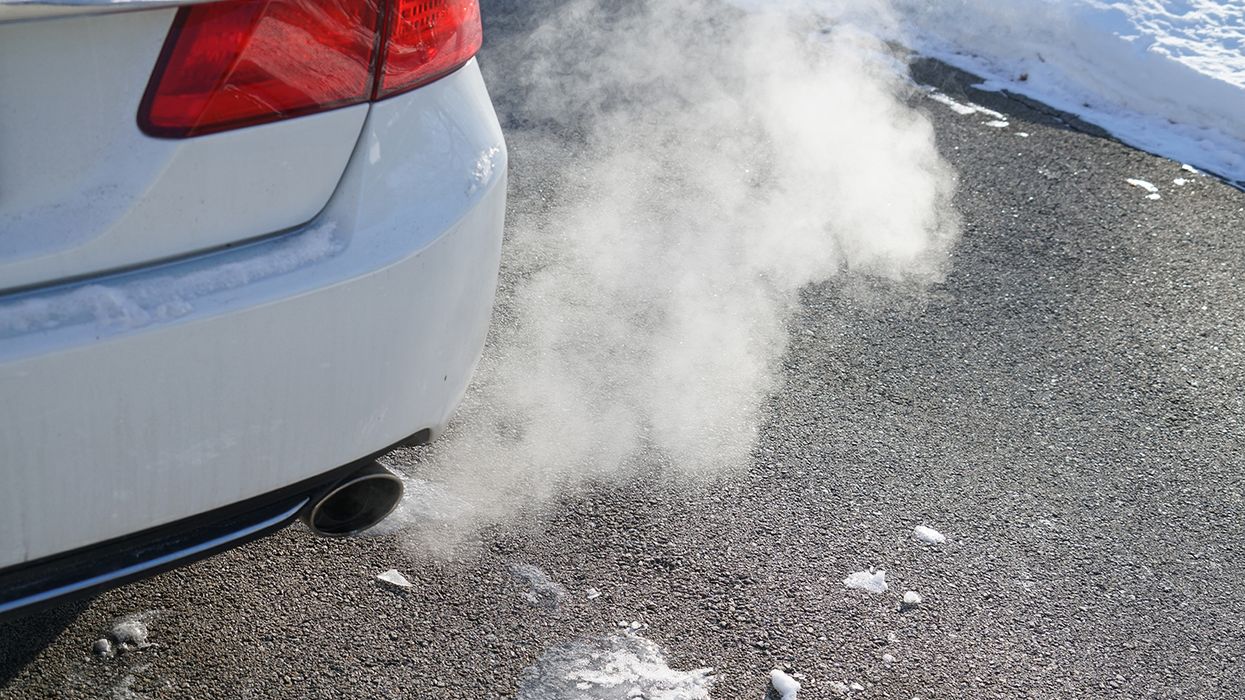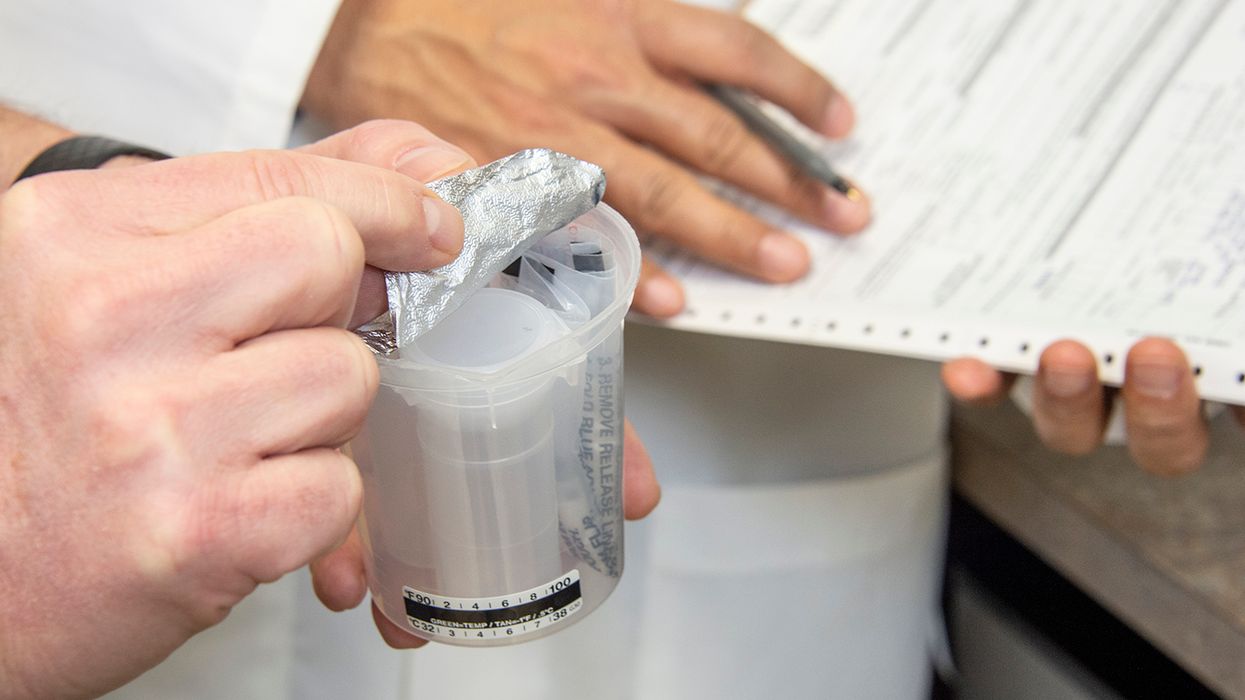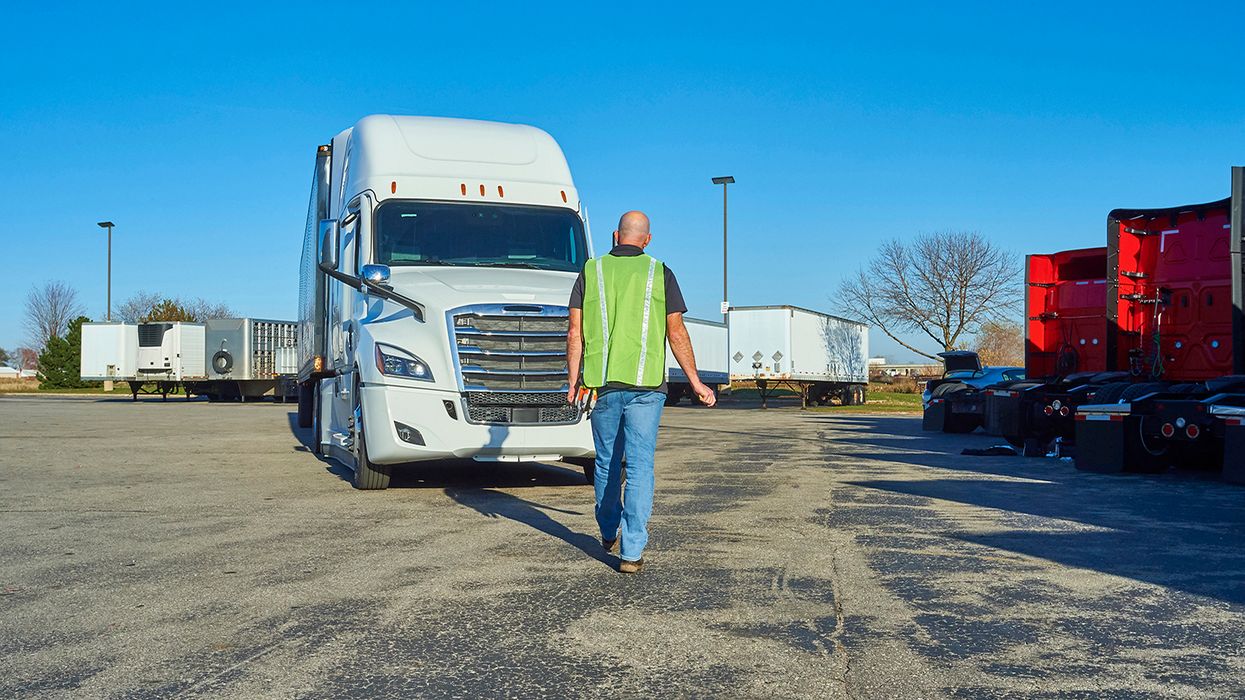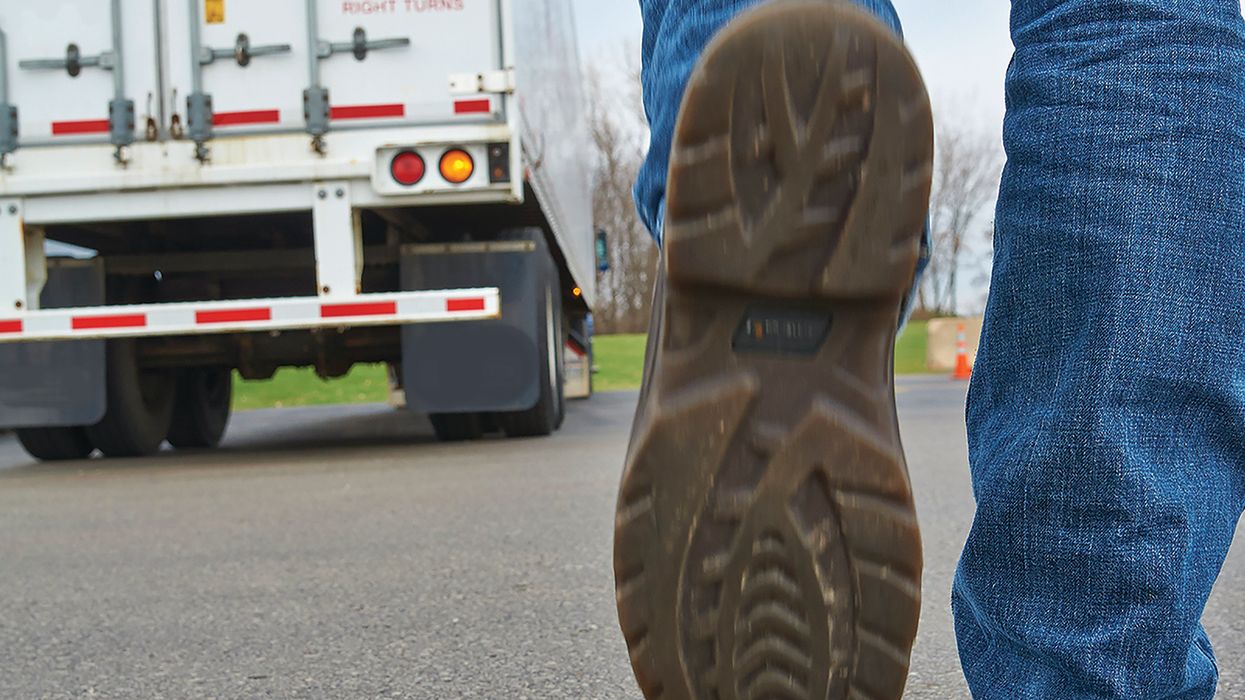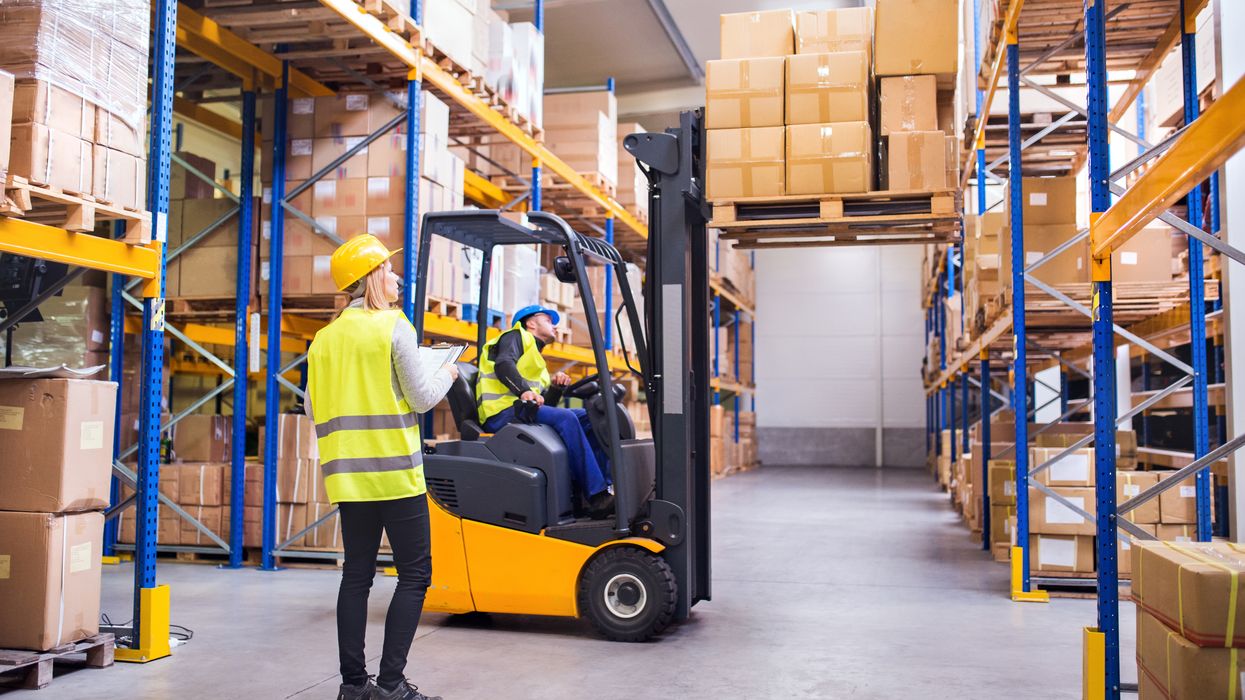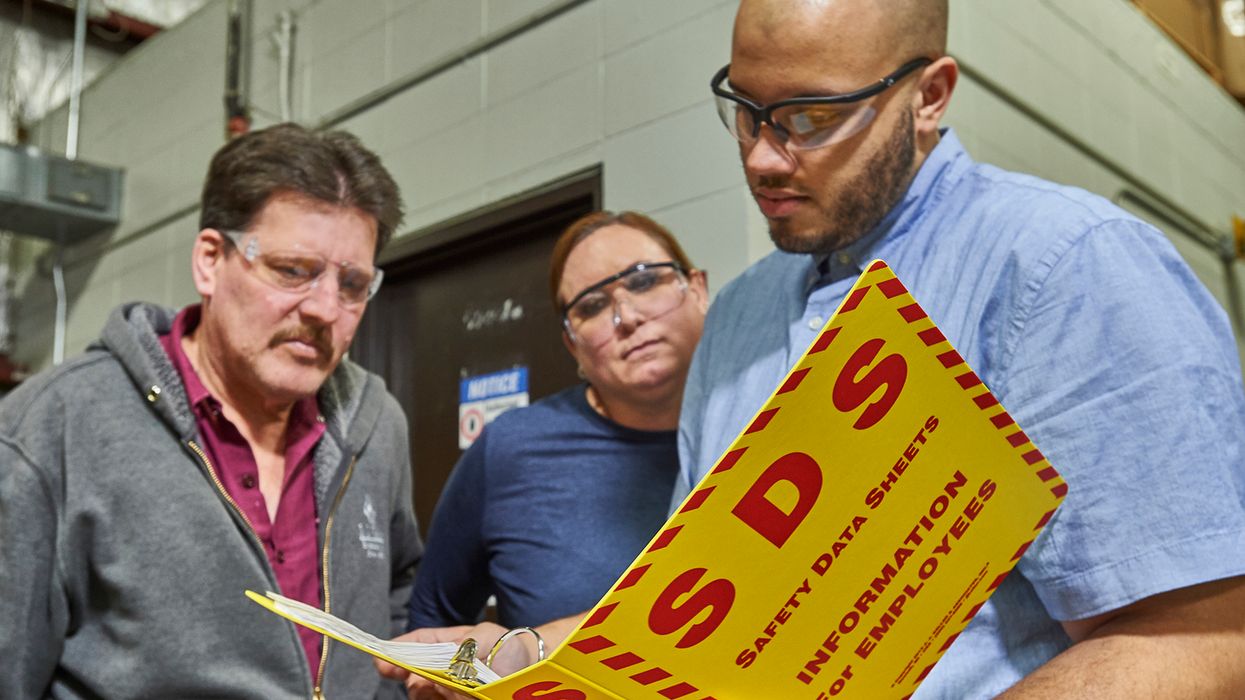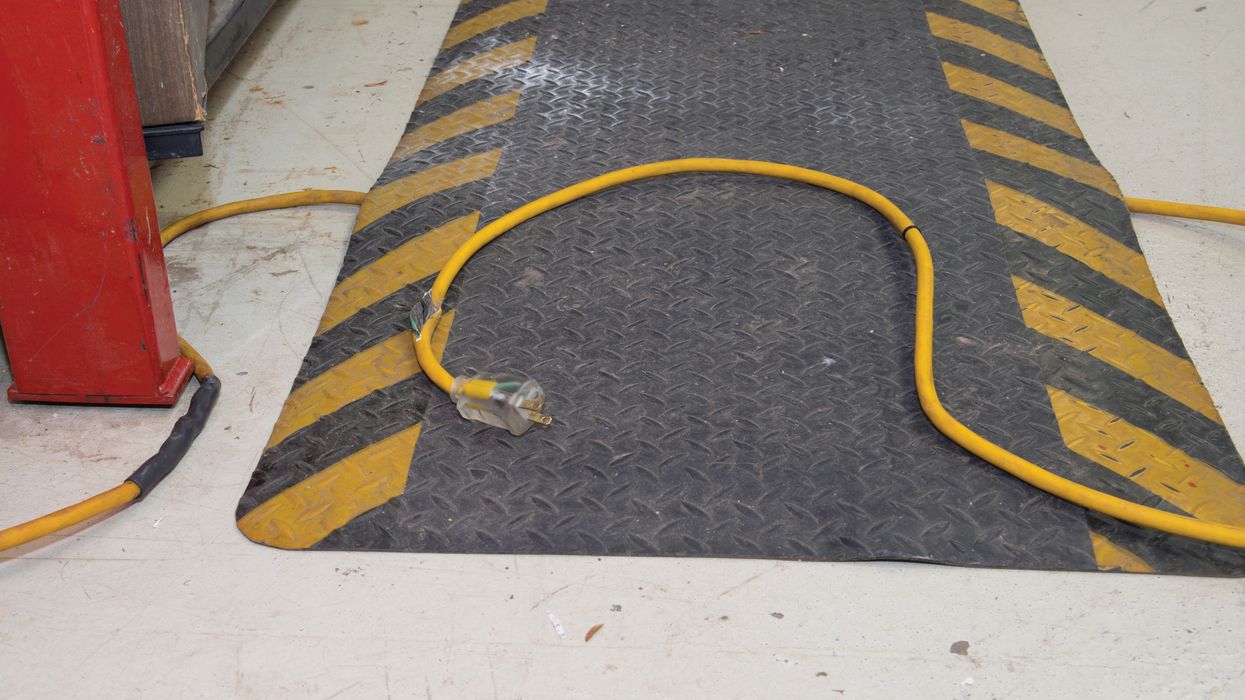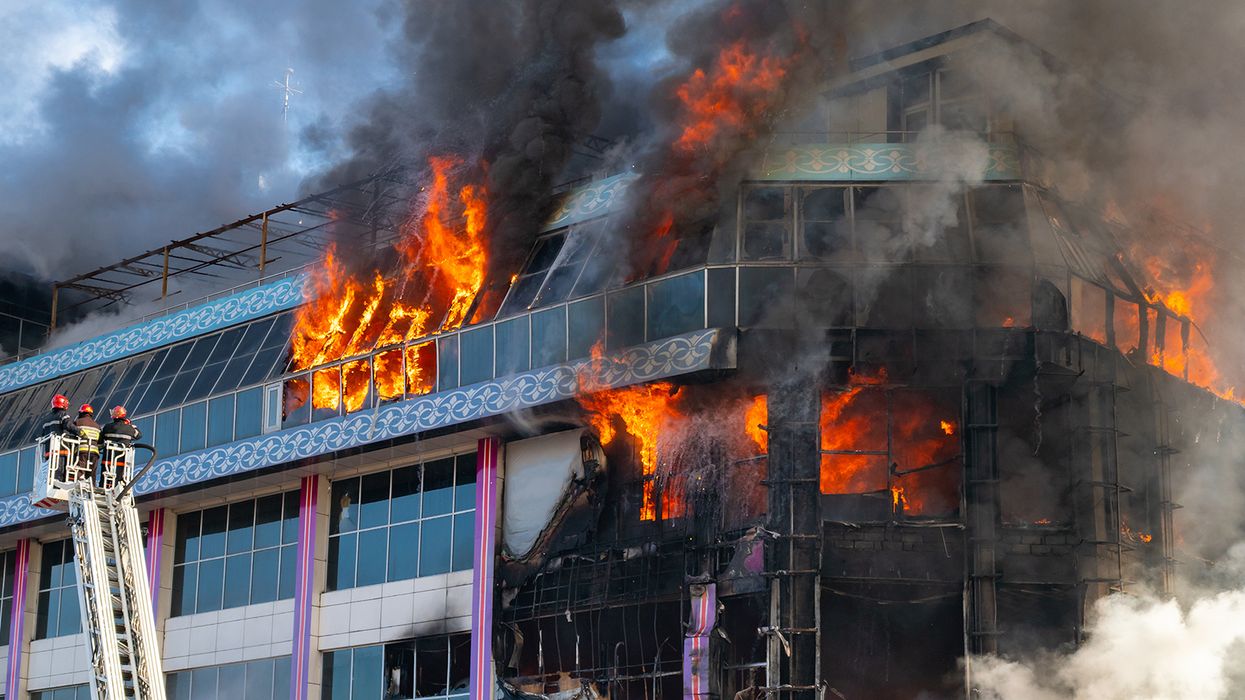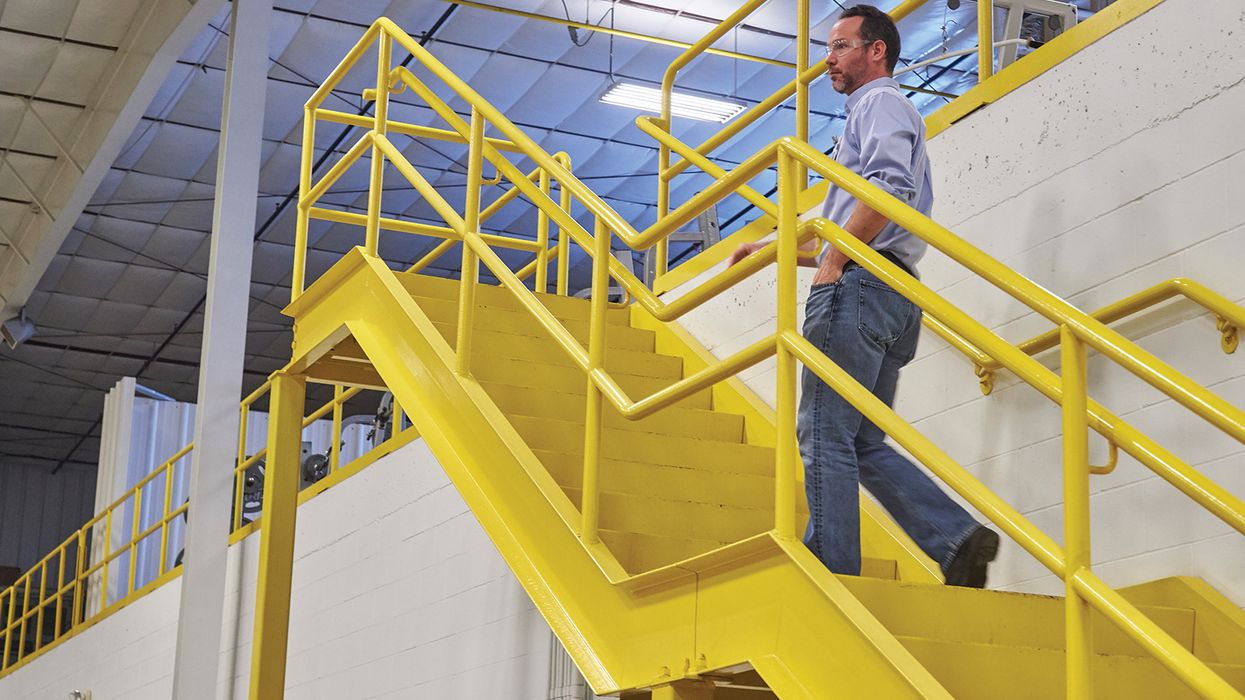Heat illness is also a HAZWOPER issue
Headed for a Small Business Advocacy Review Panel this year, OSHA’s Heat Illness rulemaking has drawn attention to hot indoor and outdoor work operations, but little mention was made in the rulemaking to heat hazards experienced during HAZWOPER operations. However, that does not mean you can forget about heat issues when conducting these operations. What’s more, OSHA has time to bring HAZWOPER into its Heat Illness rulemaking discussions since the agency is only at the review panel stage.
HAZWOPER operations and heat-related requirements
HAZWOPER stands for Hazardous Waste Operations and Emergency Response and covers three operations:
- Hazardous waste cleanup operations — Operations where hazardous waste is removed, contained, incinerated, neutralized, stabilized, cleared-up, or otherwise processed or handled with the ultimate goal of making the site safer for people or the environment;
- Hazardous waste treatment, storage, and/or disposal operations — Operations involving hazardous wastes that are treated, stored, and/or disposed of at the site; and
- Emergency response operations — Response efforts by employees from outside the immediate release area or by other designated responders (i.e., mutual-aid groups, local fire departments, etc.) to an occurrence which results, or is likely to result, in an uncontrolled release of a hazardous substance.
Currently, HAZWOPER operations are regulated at 29 CFR 1910.120, 29 CFR 1926.65, and 40 CFR 311. It should be noted that these regulations call for personal protective equipment (PPE) programs that explore:
- Heat stress,
- Proper PPE selection based on site hazards, and
- The limitations of PPE during temperature extremes.
Protective gear is a contributing factor
Heat poses a real concern to the health, safety, and comfort of workers involved in HAZWOPER operations, especially for those that wear PPE and chemical protective clothing (CPC). In fact, outside temperatures do not need to be all that high for heat to build up in a protective suit.
PPE and CPC shield the body from chemicals, but they can also be bulky, heavy, and trap body heat and moisture. The body uses blood circulation and evaporation of sweat to keep cool. However, the air inside protective clothing is generally hot and sticky, making it difficult for blood to cool workers down and sweat to evaporate.
In addition, the weight of PPE and CPC increases your workers’ energy expenditure. That means PPE and CPC can create a hazardous condition, putting workers at considerable risk of developing a heat disorder. It also makes the selection and use of PPE and CPC all the more important.
OSHA’s October 27, 2021, pre-proposal concurs by saying, “PPE can also contribute to heat stress by interfering with the body's ability to cool. PPE intended to protect workers from chemical, physical, or biological hazards can reduce sweat evaporation and subsequent cooling (i.e., limit the body's ability to sweat), can trap heat and moisture next to the skin, and can increase the level of exertion required to complete a task.”
Preventing heat disorders
The good news is that several control measures may help to protect your workers from heat disorders during HAWOPER operations:
- Engineering controls, such as supplying air conditioning, ventilation, fans, shaded areas, field showers, and/or power tools;
- Administrative controls, such as acclimatizing workers, rotating workers, providing water, providing rest intervals, scheduling for cooler parts of the day, and training on signs/symptoms of heat-related disorders; and
- Safe work practice controls, such as drinking plenty of fluids, only wearing PPE/CPC that’s necessary, suiting up in shaded/ventilated areas, waiting to zip up a suit until the team is ready, taking breaks when needed, avoiding work in direct sunlight, and monitoring for signs/symptoms of heat disorders.
Some devices can also help keep the body temperature from rising while wearing PPE and CPC, including:
- Cooling vests or ice vests,
- Water-cooled garments, or
- Personal cooling systems with circulating cool air that blows into a suit.
Additionally, when wearing a respirator, it may be wise for your workers to wear either a powered air-purifying respirator (PAPR) or a supplied-air respirator (SAR) if possible. These types of respirators can have a cooling effect because of the air flow they provide.
Keys to remember
Heat poses a concern to the health, safety, and comfort of workers involved in HAZWOPER operations, especially for those that wear PPE and CPC. However, several control measures can be implemented to prevent heat disorders. 29 CFR 1910.120, 29 CFR 1926.65, and 40 CFR 311 call for PPE programs that explore heat stress, and the upcoming Heat Illness rulemaking may impact HAZWOPER operations too.

